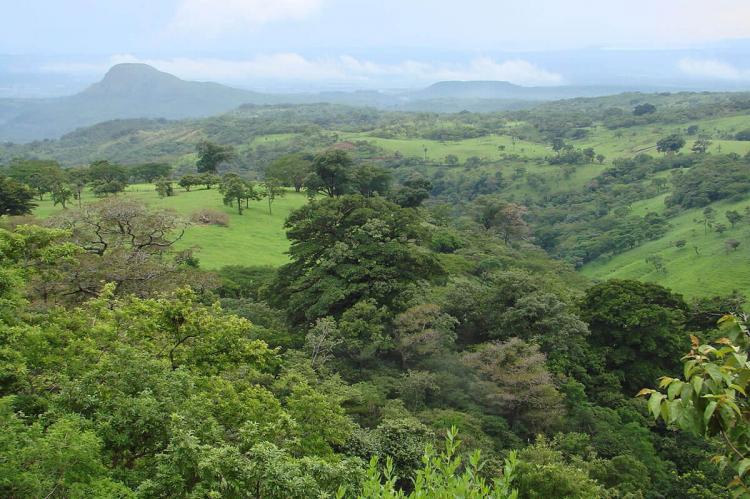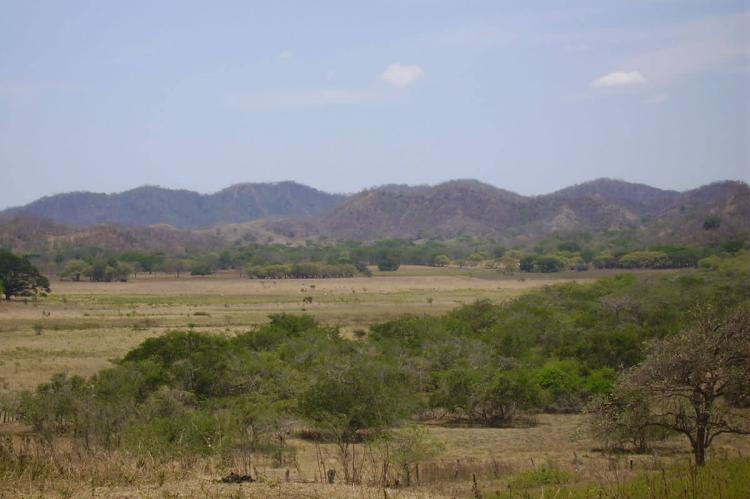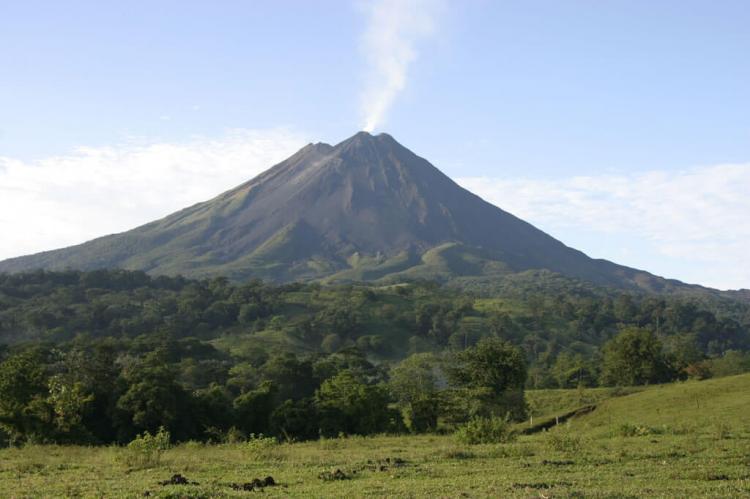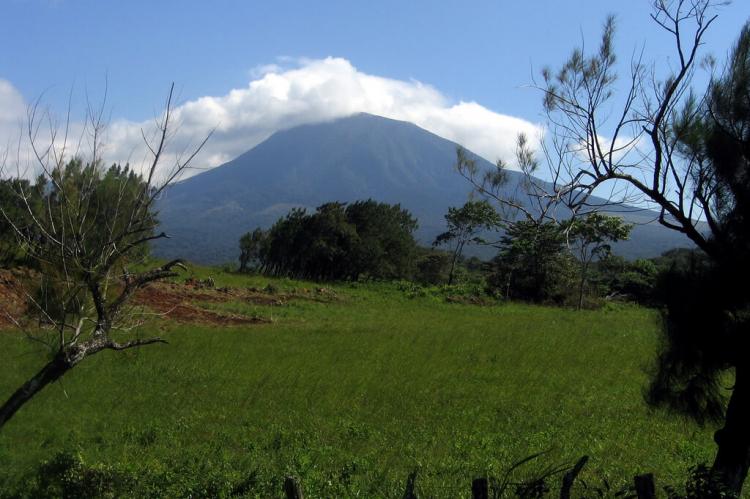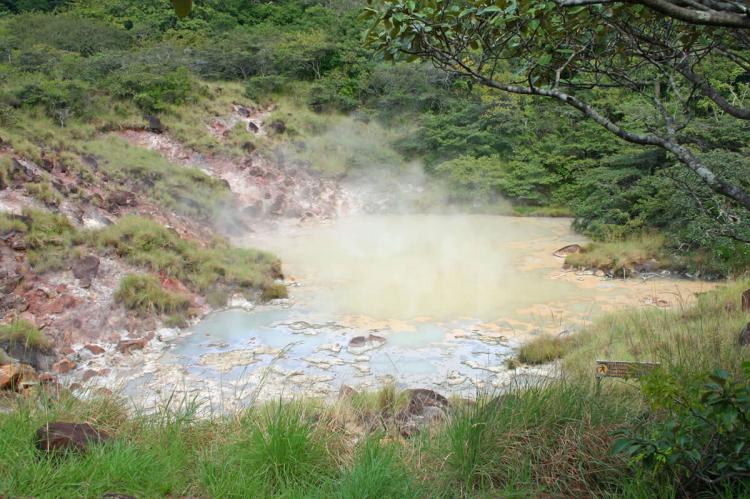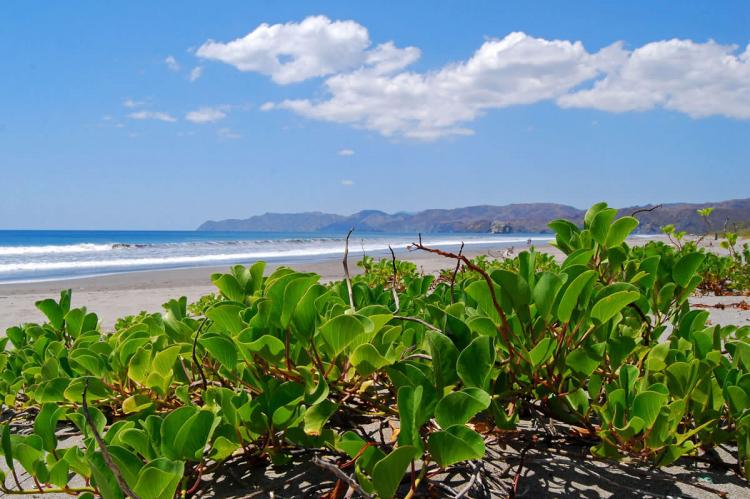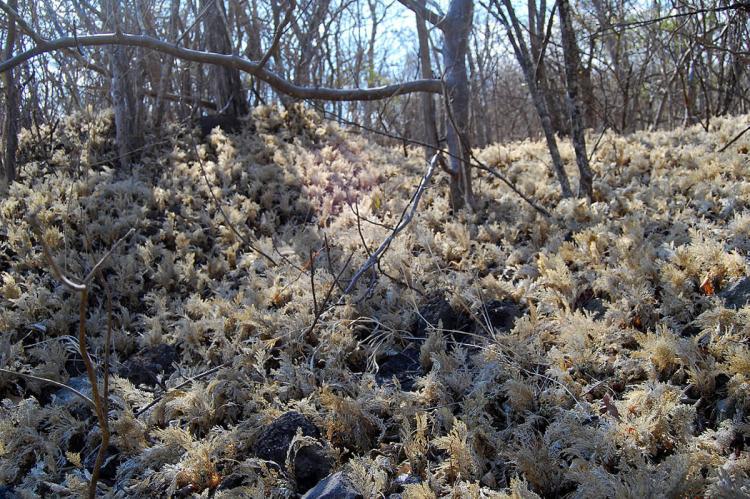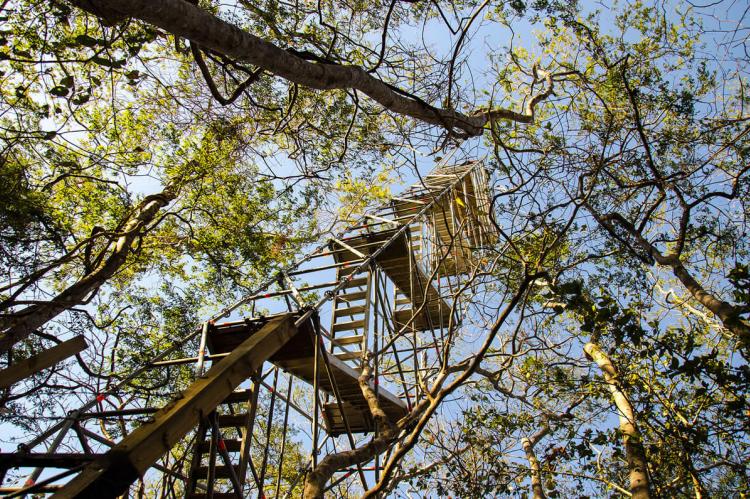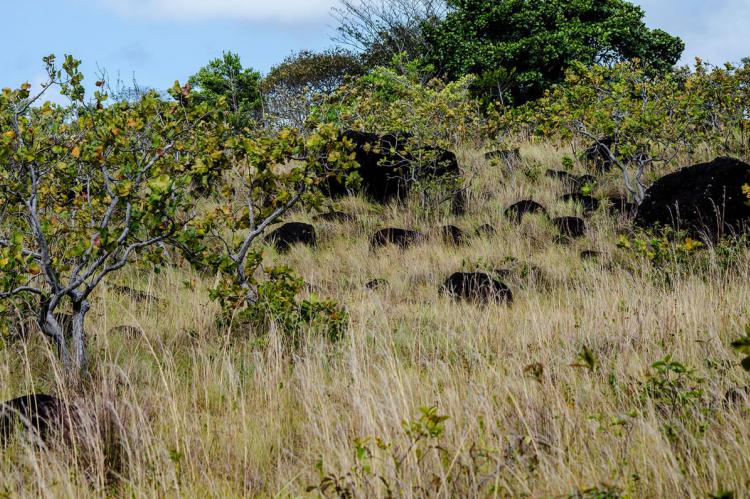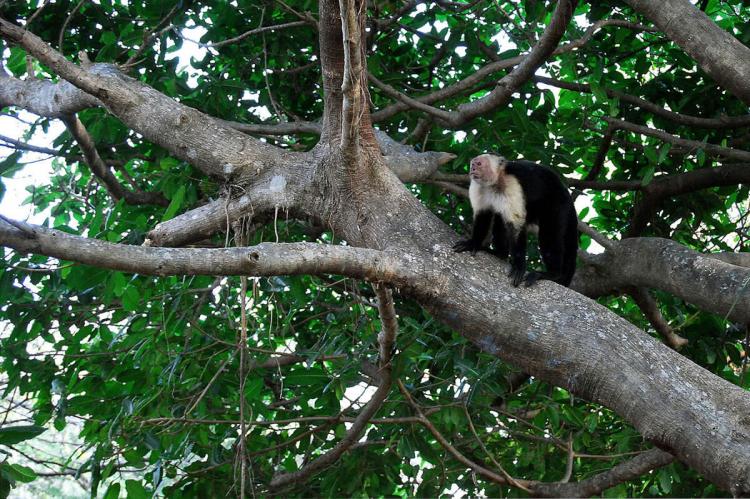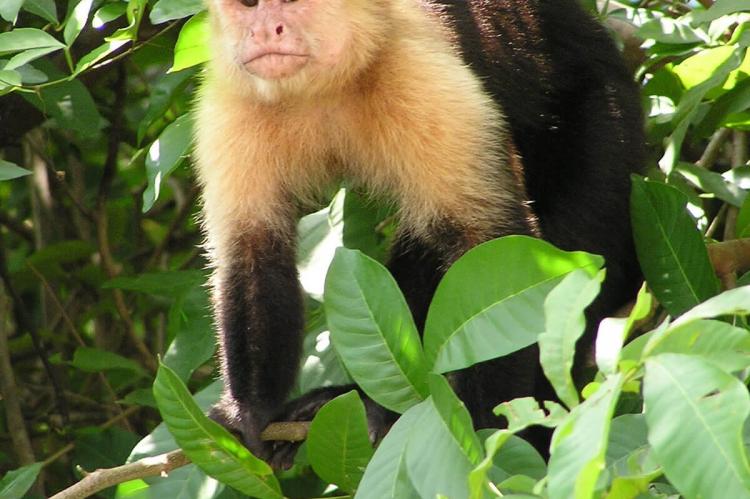The Guanacaste Conservation Area: Costa Rica's Ecological Masterpiece
Located in northwestern Costa Rica, the Guanacaste Conservation Area exemplifies the country's unwavering commitment to environmental preservation. This protected area network is an ecological masterpiece, comprising diverse ecosystems from the Pacific to the Caribbean.
The Guanacaste Conservation Area: Costa Rica's Ecological Masterpiece
Located in the northwestern province of Guanacaste, Costa Rica, the Guanacaste Conservation Area (Área de Conservación Guanacaste—ACG) is a shining example of the country's unwavering commitment to environmental preservation. This protected area network is a true ecological masterpiece, comprising a mosaic of diverse ecosystems spanning the Pacific Ocean to the lowlands of the Caribbean basin.
Establishment and Composition
A Conservation Network
The Guanacaste Conservation Area is one of eleven Conservation Areas that comprise the National System of Conservation Areas (Sistema Nacional de Áreas de Conservación—SINAC) of Costa Rica, dedicated to conservation efforts in the northwestern part of the country.
Constituent Protected Areas
Within the ACG, three magnificent National Parks take center stage: Santa Rosa, Guanacaste, and Rincón de la Vieja. Additionally, the Horizontes Forestry Station and Bahía Junquillal Wildlife Refuge contribute to the region's conservation efforts.
Critical Ecosystems
These protected areas safeguard critical terrestrial and marine-coastal environments, including the best dry forest habitats found from Central America to northern Mexico. They also provide essential habitats for endangered or rare plant and animal species, serving as vital sanctuaries for biodiversity.
The Area de Conservación Guanacaste World Heritage Site
A Global Treasure
At the heart of the Guanacaste Conservation Area lies the Area de Conservación Guanacaste World Heritage Site, a testament to the region's exceptional ecological significance. This UNESCO-designated site encompasses 147,000 hectares (363,000 acres) of land and sea, comprising four contiguous protected areas that have expanded over time.
Constituent Areas
The World Heritage Site includes Santa Rosa National Park, Guanacaste National Park, Rincón de la Vieja Volcano National Park, and the Junquillal Bay Wildlife Refuge.
Biodiversity Hotspot
A Mosaic of Ecosystems
The Area de Conservación Guanacaste World Heritage Site is a true mosaic of diverse ecosystems, ranging from the Pacific shore to the lowland rainforests of the Caribbean basin. Along this gradient, a varied coastline, the Pacific coastal lowlands, and much of the western side of the Guanacaste Range, peaking at Rincón de la Vieja, can be found.
Forest Types
The many forest types comprise a large tract of tropical dry forest, a highly vulnerable and often overlooked global conservation priority. Furthermore, extensive wetlands, numerous watercourses, oak forests, and savannahs dot the landscape.
Coastal-Marine Interface
The largely intact coastal-marine interface features estuaries, large rocks, sandy and cobble beaches, and primarily uninhabited near-shore islands and islets. This area, spanning 43,000 hectares (106,000 acres) of marine territory, benefits from major nutrient-rich cold upwelling currents offshore, resulting in exceptionally high productivity in this part of the Pacific.
Biodiversity Hotspot
This visually dramatic landscape mosaic is home to an extraordinary variety of life forms. Alongside approximately 7,000 plant species, more than 900 vertebrate species have been confirmed, making this a genuine biodiversity hotspot.
Ecological Significance
Ecosystem Connectivity
A striking feature of the Guanacaste Conservation Area is the wealth of ecosystem and habitat diversity, all connected through an uninterrupted gradient from the Pacific Ocean across the highest peaks to the lowlands on the Caribbean side. This connectivity allows for migration, genetic exchange, and complex ecological processes and interactions at all levels of biodiversity, including between land and sea.
Dry Forest Conservation
The vast dry forest within the ACG is a rare feature of enormous conservation value, as most dry forests elsewhere in the region are fragmented remnants only. Conservation efforts have permitted the natural restoration of this previously degraded forest ecosystem, once again serving as a haven for the many species that depend on this acutely threatened ecosystem.
Marine Productivity
Major nutrient-rich cold upwelling currents offshore result in high marine productivity, which is the foundation of a diverse coastal-marine ecosystem. This ecosystem comprises essential coral reefs, algal beds, estuaries, mangroves, sandy and cobble beaches, shore dunes, and wetlands.
Conservation History
From Humble Beginnings
The formal conservation history of the Guanacaste Conservation Area dates back to 1971 when Santa Rosa National Park was created to conserve a stretch of land and sea of high conservation value. Over the years, new national parks, a wildlife refuge, and an Experimental Forest Station were established and added to the conservation network.
A Model for the World
Today, the Guanacaste Conservation Area is a shining beacon of hope for preserving our planet's natural wonders. Its unique blend of terrestrial and marine ecosystems and its unwavering commitment to conservation serve as a model for the world, showcasing the potential for harmonious coexistence between human development and the natural world.
